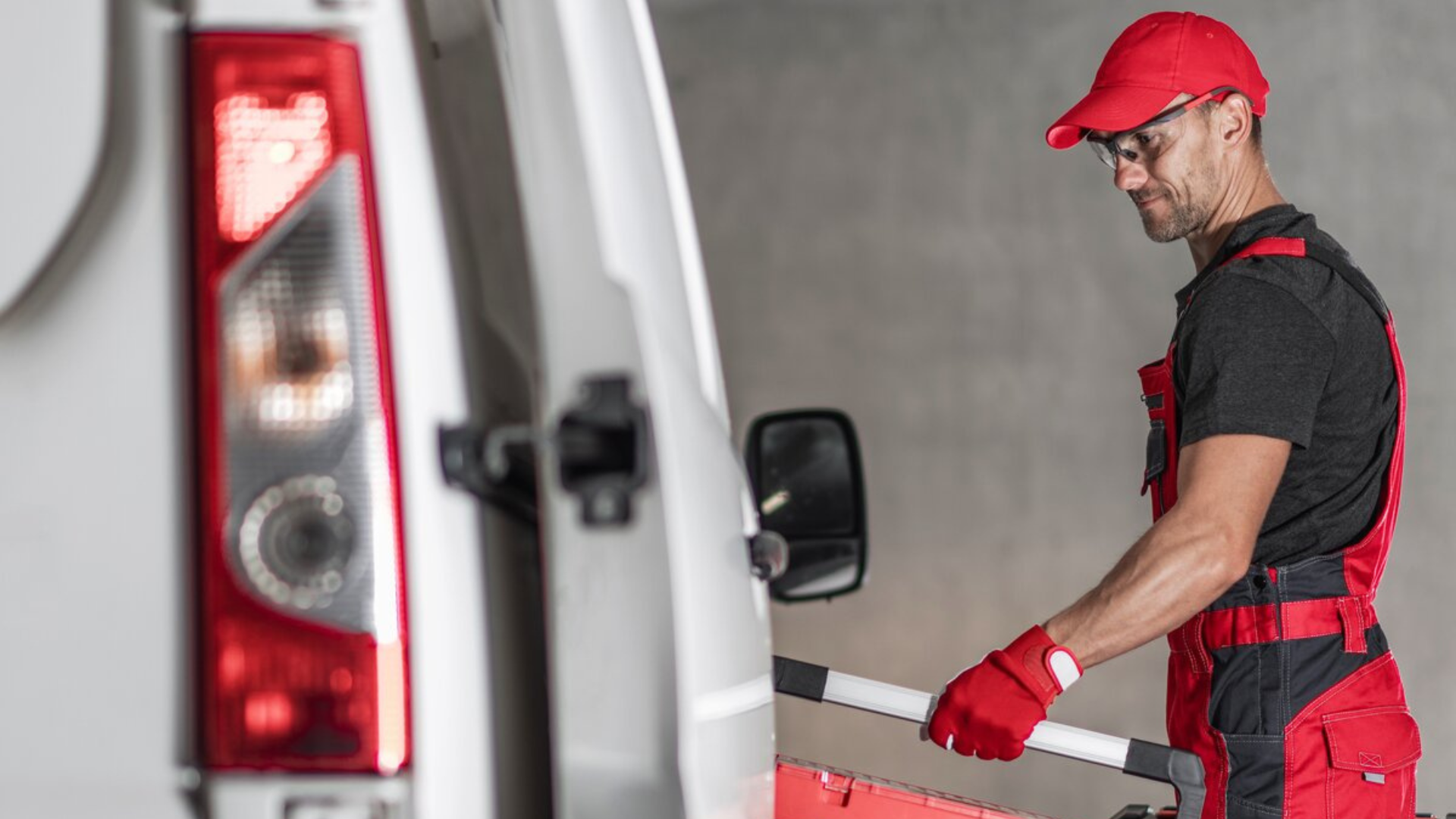.jpg)
Many last mile delivery companies have experienced rapid growth post-COVID. For fleet teams, this has led to challenges as their extended operational remit comes under the same exacting standards as the existing operation. In many cases, companies have scaled by acquiring smaller operators, inheriting a patchwork of systems and vehicle types. This fragmentation often extends to telematics, leaving fleet managers struggling to access consistent data across all their vehicles.
When managing a large and complex fleet operation, 100% data visibility isn't a luxury, but a necessity. It underpins every strategic and day-to-day decision a modern fleet team must make, across both internal combustion engine (ICE) and electric vehicles (EVs).
In this blog post, we explore four reasons why total visibility matters more than ever for last mile fleets.
Enables strategic decision-making
When fleet teams have access to all their vehicle data in one place, in real time, they can make far smarter decisions. That starts with having a telematics solution that connects with every vehicle in the fleet, regardless of the make, model, or drivetrain. Alternatively, OEM connectivity can allow large fleets to almost instantly connect a large proportion of their vehicles, without the expense and downtime associated with installation.
When your team has access to data for the entirety of the fleet, they have the ability to strategically consider every element of operations, from rebalancing vehicle routes and analysing which vehicle manufacturers deliver the best ROI, to comparing maintenance provider performance, using wait times and repair effectiveness as criteria to decide who to retain.
Allows for simultaneous optimisations
Large last mile fleets rarely have the luxury of focusing on one improvement at a time. Instead, most need to continually enhance multiple aspects such as safety, efficiency, cost control, sustainability, and service level compliance. This is only possible when you have access to rich data on the entire fleet, with the ability to define your thresholds and rules, and create highly customisable dashboards and reports to laser-focus on each area. Deep granularity of data allows you to surface the exact data points you need to take action quickly and decisively.
This kind of data environment becomes a strategic asset, empowering fleet teams to move from reactive to proactive management, constantly tuning their operations to improve outcomes.
Minimises unplanned downtime
Vehicles in the last mile sector are pushed to their limits, commonly completing up to 200 stops a day. They work harder than average vehicles, on tighter schedules, with fewer breaks. OEMs typically design vehicles around standard usage, not for the exceptional intensity of the last mile sector.
That usage profile increases the likelihood of unexpected breakdowns, which in turn reduces productivity, impairs customer service standards, and increases maintenance costs. With a predictive maintenance programme informed by real-time vehicle fault codes and rich engine diagnostics, the workshop can identify and resolve small issues before they become major problems, keeping vehicles on the road.
High-frequency data collected from intense usage patterns enables even more accurate forecasting. Engineering teams can identify trends in wear patterns, battery degradation, or component stress, and schedule repairs in advance, before risking downtime. For electric fleets, this also reduces the risk of needing to substitute EVs with diesel vehicles, helping maintain uptime and progress towards emissions targets.
Makes EV adoption work in the real world
As mandates grow for zero-emission delivery, more last mile fleets are turning to EVs. But buying electric vehicles is only the first step. Once they’re in the fleet, the real challenge begins: ensuring they deliver a solid return on investment.
The responsibility falls on the fleet team to make these new EVs work efficiently and productively. To do that, you need rich EV visibility. Your telematics solution should support all EV makes and models, alongside ICE vehicles, on one unified platform. By providing live state-of-charge data, EV routes can be maximised with full range confidence.
With full EV support, fleet teams can monitor and optimise vehicle health, energy consumption, charging behaviour, and range performance. This helps you select the right vehicle for the right job, train drivers to improve energy efficiency and extend range, and maximise the ROI from your EV investments.
Full visibility also helps fleet teams to allocate the right jobs to the right vehicles, to ensure that zero-emission customer service commitments are upheld.
Total visibility allows for total control
For last mile deliveries, efficiency and reliability are everything. If one part of the fleet underperforms, it can have ripple effects across the entire operation. When you have access to all your fleet data, in real-time, you can respond faster, plan better, and operate more strategically.
With a reliable, secure telematics platform that delivers consistent, granular, and customisable insights, last mile fleets can unlock significant improvements in performance, cost, sustainability, and service quality. In today’s fast-moving delivery landscape, 99% visibility simply isn’t enough.
Equip yourself to overcome the unique safety challenges of last-mile delivery. Download our free ebook to learn how to proactively manage risks, protect your drivers, and improve your bottom line.
Subscribe to the Geotab Blog

Senior Marketing Specialist, SWE at Geotab
Table of contents
Subscribe to the Geotab Blog
Related posts

The fleet safety incentive programme checklist for driver engagement that lasts
November 26, 2025
2 minute read

The First 40 Days: How Richards Building Supply is rewarding safety and seeing driving improvements
November 20, 2025
2 minute read


How telematics insights can enhance safety for field service fleets
November 5, 2025
1 minute read

How bus fleets can reduce risk with proactive driver feedback and coaching
November 3, 2025
2 minute read

Dash cams that protect driver privacy without missing key events
October 28, 2025
4 minute read